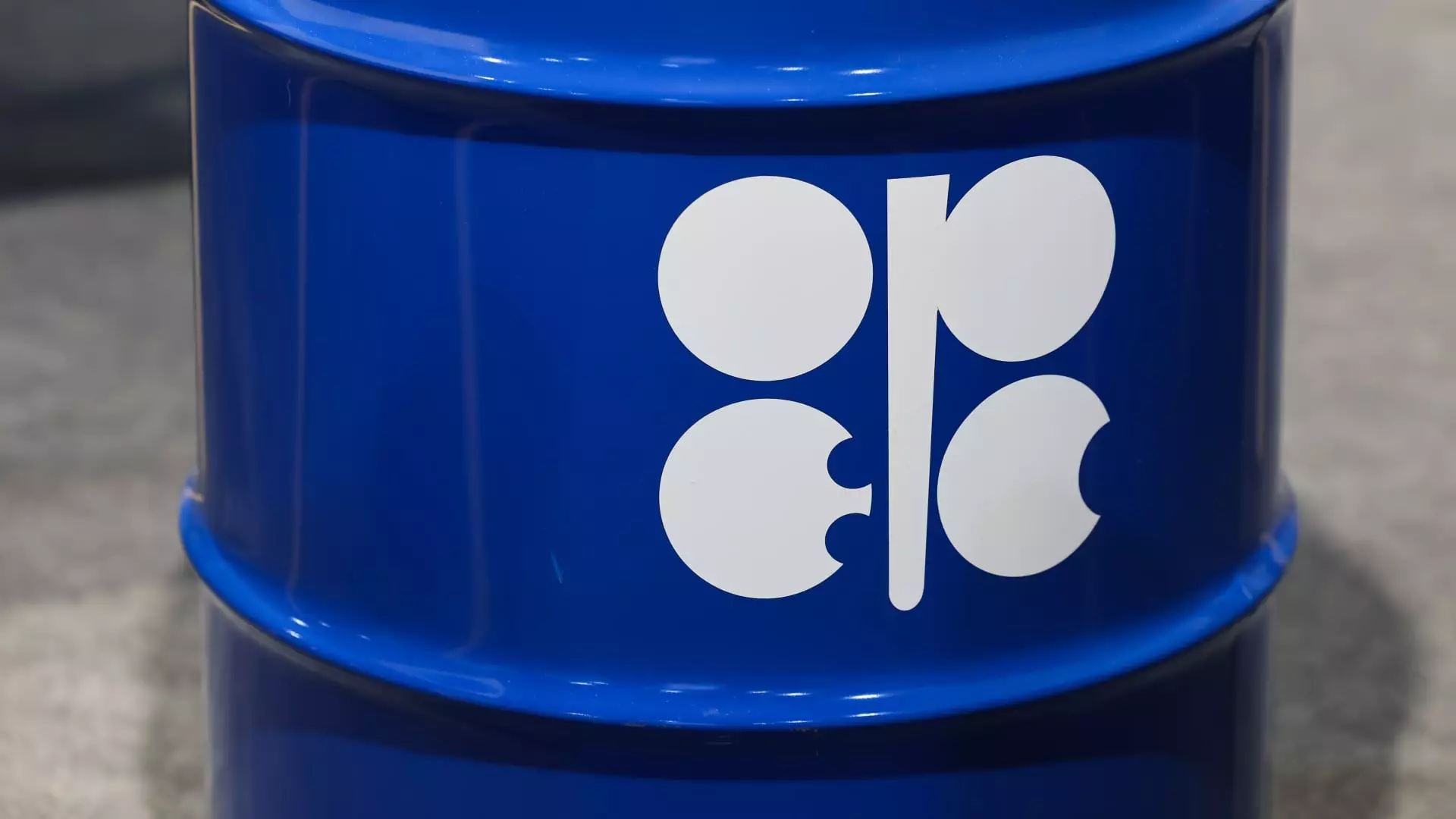In a defining moment for the global oil market, OPEC+ has audaciously committed to a significant production increase of 411,000 barrels per day for July. This bold decision represents more than just an adjustment in crude output; it underscores the alliance’s relentless pursuit of market dominance and its desire to punish those countries that overproduce. After years of deliberate restraint that saw output slashed by over 5 million barrels a day—translating to roughly 5% of global demand—this new strategy signals a significant shift in OPEC+’s approach to maintaining its influence.
The context surrounding this decision is complex and speaks to the inherent tensions within the alliance. As OPEC+ navigates a landscape marked by fluctuating consumer demands and geopolitical maneuverings, their strategy appears targeted at two primary objectives: reclaiming lost market share and imposing punitive measures on errant members such as Iraq and Kazakhstan. This strategy raises pertinent questions about the long-term sustainability of OPEC+’s decisions and their impact on global markets.
The Ripple Effects on Oil Prices
Market reactions to OPEC+’s announcements have been relatively swift. U.S. crude futures dipped, spurred by the looming threat of increased oil supply amidst an already saturated market. The direct correlation between OPEC+’s production choices and price fluctuations is not merely coincidental; it’s a reflection of an intricate global oil economy where supply and demand often engage in a precarious dance. The recent decreases in prices for both Brent and West Texas Intermediate crude illustrate a palpable apprehension among investors regarding the ongoing pressures exerted by OPEC+’s increased output.
Critically, this situation presents a double-edged sword. While the increase may initially bolster OPEC+ members’ revenue through volume sales, it could simultaneously stifle price recovery—a grim prospect for U.S. shale producers who are already grappling with constraints imposed by less favorable market conditions. The sentiment among analysts is mixed; some speculate that OPEC+’s focus on market share may ultimately be misplaced, arguing that aggressive production incentives could precipitate a price drop that harms all players, not just their rivals.
Divided Opinions Within the Ranks
It’s intriguing to note the varying positions within the OPEC+ alliance itself. While the majority of member nations seem to endorse the push for higher output, Algeria’s suggestion to pause these hikes reflects an undercurrent of dissent. The tension hints at deeper issues within the organization, as nations grapple with their own economic pressures and differing expectations of what sustainable oil prices should look like.
Moreover, the strategies of key players—like Saudi Arabia and Russia—stand in stark contrast to the cautious approach advocated by countries like Algeria. This divergence may lead to fractures within the alliance, creating openings that could be exploited by non-OPEC competitors for an advantage in global markets. The fundamental question remains: will these internal disagreements lead to a compromised strategy or will they further entrench OPEC+’s resolve to reclaim its previously held market share?
The Economic Landscape: Risks and Opportunities
As OPEC+ moves forward with this ambitious plan, the global economic landscape poses both risks and opportunities. Analysts note that although the decision is ostensibly backed by a steady economic outlook and a belief in healthy market fundamentals, the underlying uncertainties resulting from geopolitical tensions and fluctuating demand could easily upend any gains from increased production.
With key elements like seasonal demand influencing the market, the ongoing competition amongst producers further complicates the scenario. The current geopolitical climate, coupled with political decisions in various member countries, adds layers of complexity to an already volatile situation. The notion that the oil market can absorb additional barrels may not universally hold true, especially for those nations grappling with production constraints and financial pressures.
While the ambition driving OPEC+ might be admirable, there’s a compelling argument to be made that their strategy hinges too heavily on a volatile market dynamic. In attempting to reclaim market share, they risk entering a precarious cycle of overproduction that could lead to longer-term instability—a situation reminiscent of past oil crises that left nations scrambling for stability. The OPEC+ gamble may define the future of oil production, but it’s a gamble fraught with danger.

Leave a Reply